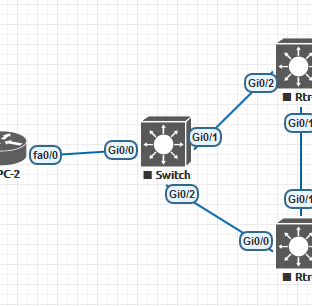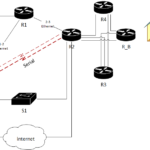Application ports information
From an upper-layer point of view, the application have specific service ports that it passes to TCP and UDP (FTP application for example may use multiple TCP sessions) and that shouldn’t be altered (the service may break). How to store this information? in the payload? and reserve the header port fields for NAT (to ensure network continuity)? or at NATer level in its translation table?
Translation table size
Let’s note also that the translation tables (of all NAT nodes in the path) are of limited size. What happens if no port is available for the next translation? is there any mechanisms to hint on the end of a session? Yes, in TCP thanks to FIN and SYN packets, we may know when to drop a session. But it is another story using UDP…
As a summary
How NAT friendly is your network depends on two things : how your network is configured but also on you application behavior.



